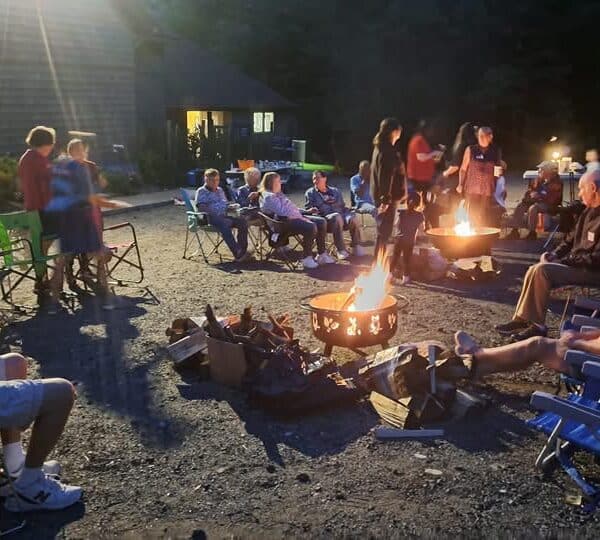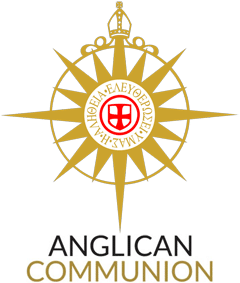
How can the church help parents raise children who are kind, caring, and generous? One meaningful way is to help families see stewardship not as a “season” or a financial focus, but as an ongoing practice of gratitude, compassion, and service both in the church and at home. When families learn to talk about these values together, they begin to connect faith with daily life. Here are some ideas you can share with parishioner families to help them nurture generosity and caring as family practices of faith.
1. Making Stewardship a Shared Conversation
Discussions of church Stewardship often happens quietly between adults, but inviting children into the conversation helps them see that generosity is part of following Jesus. You might encourage parents to talk about why they give and how gratitude for God’s blessings motivates their decisions.
They might say, “We pray about our pledge each year,” or “We talk about how our giving helps our church care for others.” This can help children to see that giving is something their family does thoughtfully and faithfully together.
2. Helping Children Understand Time, Talent, & Treasure
Adults know that stewardship involves time, talent, and treasure, and they can be very helpful ways of understanding stewardship for children, so those words become real through simple, visible actions. And it’s really helpful to use the idea of stewardship and giving back. Encourage parents to make it tangible:
- Time: Give time to God by helping others, praying together, Sunday worship.
- Talent: Use your gifts—drawing, singing, helping—to make someone’s day better.
- Treasure: Share what you have, a portion of allowance, a gift to the food drive, as a sign of gratitude.
When parents name these everyday acts as giving to God, children can begin to understand that generosity is part of who they are, not just something they do.
3. Opportunities for Family Stewardship
Churches can make stewardship visible for families by creating moments of gratitude and community beyond the Sunday morning worship service. Consider:
- Hosting a Family Gratitude Night where families share stories of how they’ve used their time, talents, or treasures to help others. Include simple crafts, a shared meal, or a short prayer of thanksgiving.
- Offering a Stewardship Coffee Hour with activities for children—like making “gratitude chains,” writing thank-you notes to ministry leaders, or decorating offering envelopes for the season.
- Inviting families to share one brief story or reflection (perhaps displayed on a bulletin board or in a parish email) about something they’re grateful for this year
When stewardship becomes part of parish life in these natural and joyful ways, children see that giving and gratitude are central to belonging in their church community.
4. Equip Parents to Teach by Example
Parents are their children’s first teachers of generosity. Remind them that how they serve, pray, and give shapes their children’s understanding of faith. Encourage them to give joyfully and to celebrate their giving as a family—perhaps lighting a candle or saying a short prayer of thanks when they make their pledge or offer a gift.
These conversations don’t need to be formal; they can happen around the dinner table, on a car ride, or before bedtime. Parents might ask:
- “What are you thankful for today?”
- “Who needs our prayers this week?”
- “What could we do to make someone else’s day better?”
When families share values out loud, children learn that kindness, faith, and service are part of who they are—not just things they do when someone tells them to.
I hope this is helpful! If it is, click here for a handout that you might wish to use (feel free to adapt to best fit your own parish). You can also find more from the Episcopal Diocese of Washington, at edow.org/children-and-stewardship.






